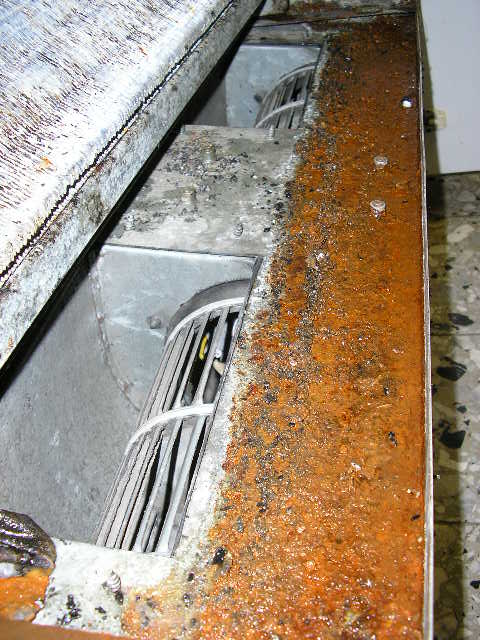Sick Building Syndrome and Air Conditioning Systems

Sick building syndrome is a very serious phenomenon. Far from affecting only buildings, as its name might suggest, the syndrome is dangerous to the health of the human beings who live or work in those buildings. The term “sick building syndrome” refers to an incident where the occupants of a building complain of severe physical discomfort and illness without a clearly identifiable cause. These symptoms seem to stem from poor indoor air quality, which is often related to the air conditioning system used to cool the building. The syndrome tends to be most common in new buildings then older structures that have been renovated, including the installation of a central HVAC system.
Role of the a/c system
In modern times, air conditioning is generally considered desirable and often necessary. It enables human beings to function in comfort even when outside temperatures are soaring sky high. However, poorly maintained a/c can be problematic. The moisture trapped inside the closed system may allow molds, mildews, bacteria and viruses to grow. These health hazards are then spread throughout the indoor atmosphere via the blowing action of the air conditioner. Their presence may be detected by unpleasantly stale or musty odors, or there may be no clear indication. To compound the problem, building windows are normally kept shut while the a/c system is operating; in fact, a great deal of recent office construction includes windows which only admit light and cannot be opened at all. This means that there is no ventilation other than that provided by the a/c.
Symptoms
Sick building syndrome can be difficult to identify due to the wide variety of symptoms that occupants of the same building may report. Their throat, nose, eyes or skin may be irritated; they may experience generalized health problems, hypersensitivity or even symptoms of neurotoxicity. Respiratory difficulties such as asthma, cough or allergic symptoms may also be involved. In general the symptoms will be alleviated when the sufferers leave the building, and worsen again when they return. Sensitive individuals such as those with immune system difficulties are most affected and the effects in some cases may be long term.
Proper care of the air conditioning system
Proper care and maintenance of the building’s air conditioning system can do a great deal to help relieve sick building syndrome. The air conditioner, especially the filters and the evaporator coil, should be thoroughly cleaned on a regular basis – every spring, before the period for heavy use of the a/c begins, and then at least once every two months throughout the warm season. This maintenance task should be performed using cleaners which are especially made for the a/c’s delicate components, and the building should be well ventilated during, and for a short time after, the process.